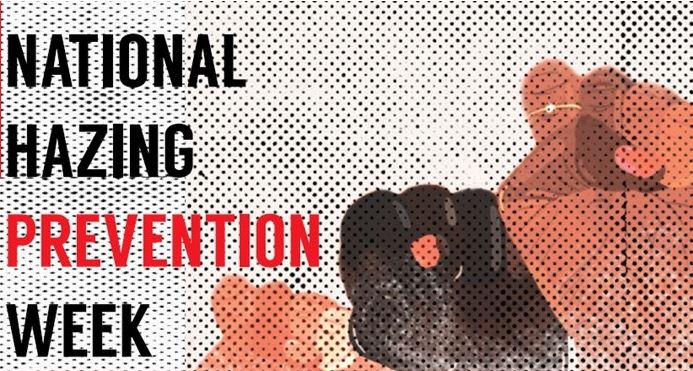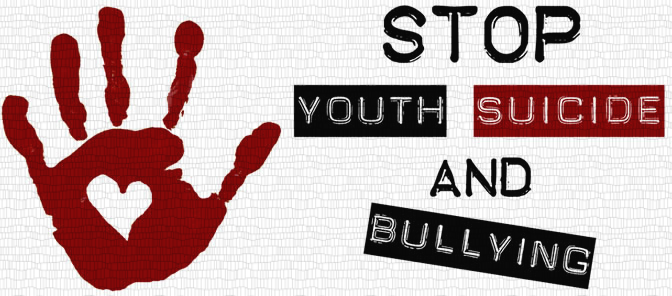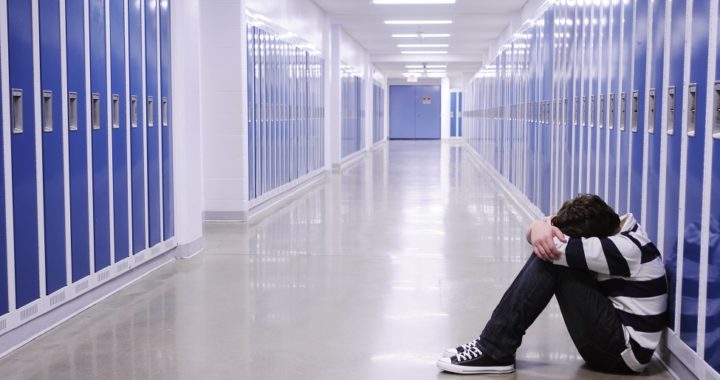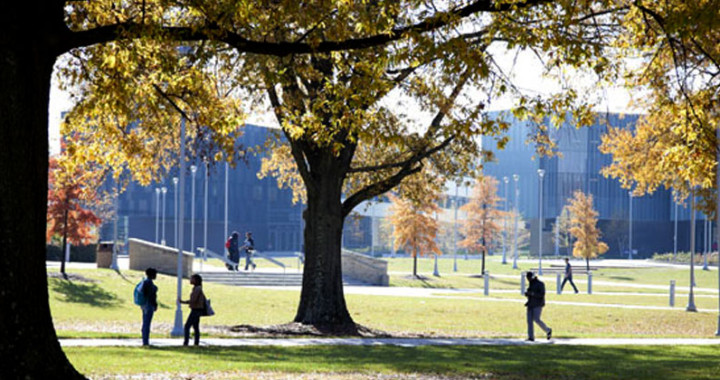Researchers found that 1 in 5 students said that they had been threatened with a weapon at school, 73 percent of students reported that they had been bullied at school at some point in their lifetime, and 70 percent of the students said that someone spread rumors about them online.
One of the latest and most ambitious studies on bullying and cyberbullying in middle and high school students begs to differ with the adage, “sticks and stones can break my bones, but names can’t hurt me.”
One of the latest and most ambitious studies on bullying and cyberbullying in middle and high school students begs to differ with the age-old adage, “sticks and stones can break my bones, but names can’t hurt me.” The study, conducted by researchers at Florida Atlantic University and the University of Wisconsin-Eau Claire (UW-EC), used a nationally-representative sample of 5,600 children between the ages of 12 to 17 years old to address various forms of bullying and cyberbullying, sexting and dating violence, as well as thoughts of suicide, deviant behavior, and resilience or coping mechanisms.
Sameer Hinduja, Ph.D., a professor of criminology and criminal justice within FAU’s College for Design and Social Inquiry and co-director of the Cyberbullying Research Center, and Justin W. Patchin, Ph.D., a professor of criminal justice at UW-EC and co-director of the Cyberbullying Research Center, spearheaded this latest study. They have conducted numerous formal surveys of teens, educators, law enforcement, and parents over the last decade across more than 20,000 respondents.
Learn more: http://www.fau.edu/newsdesk/articles/bullying-study.php









